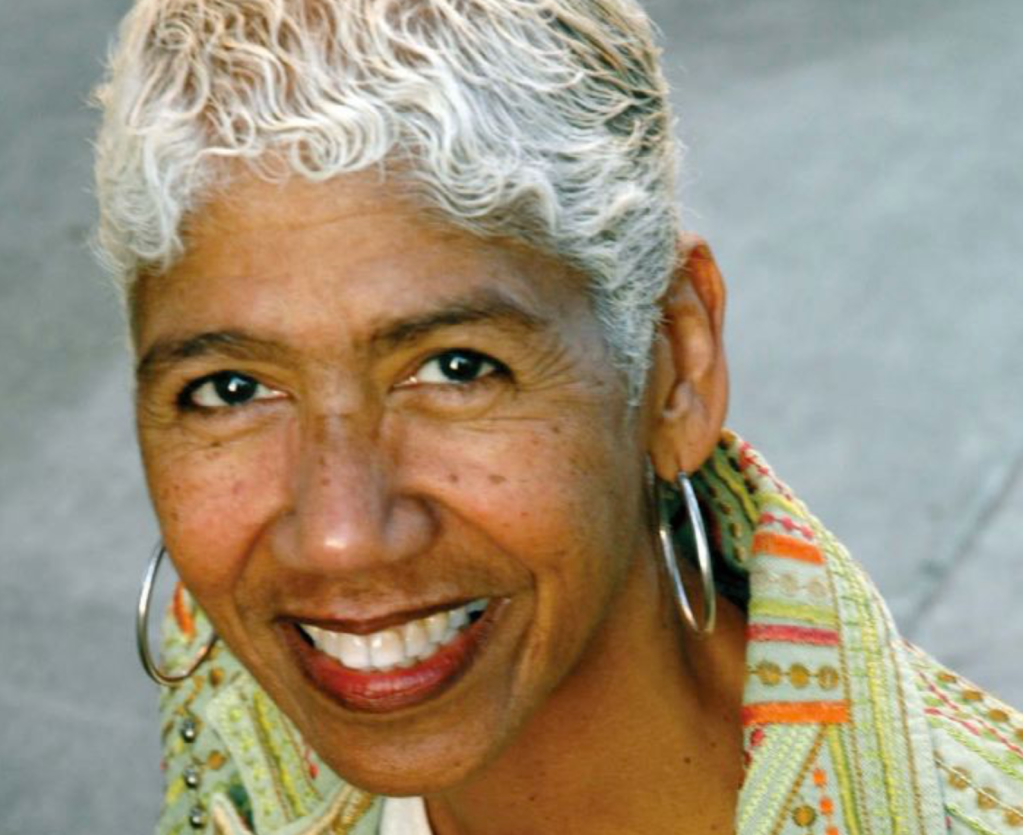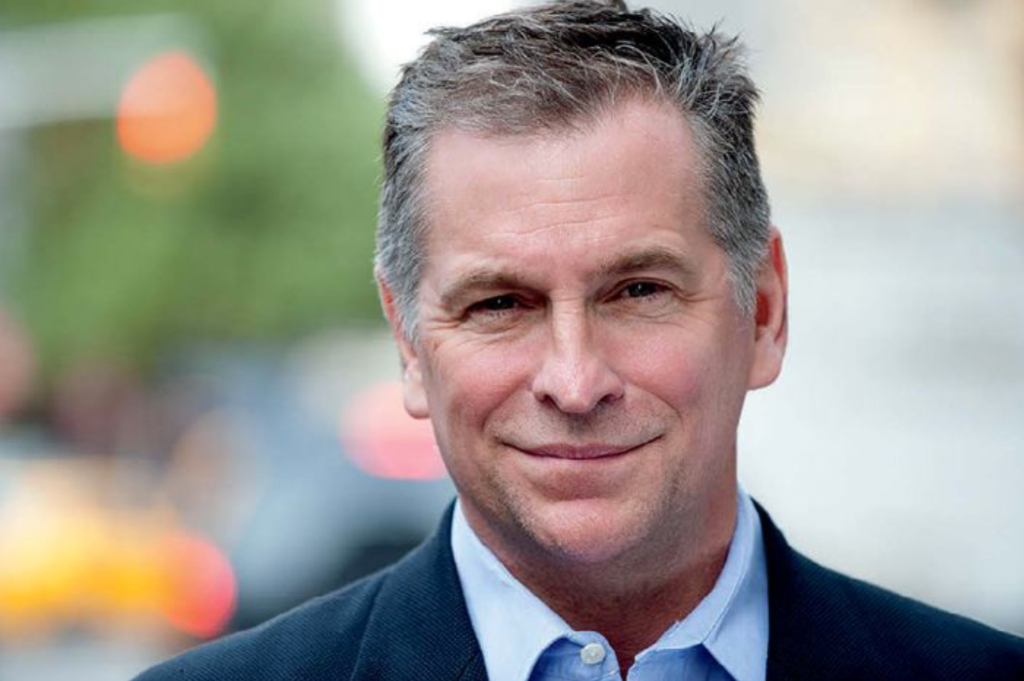
This article originally appeared in the March/April 2018 issue of Museum magazine.
Educate, Engage, Elevate! Museums on the Rise—that’s the theme of the 2018 Annual Meeting and MuseumExpo, May 6–9 in Phoenix, Arizona. And the meeting’s keynote speakers include two distinguished leaders who have dedicated their careers to education in its many forms, including in the museum context.
Ericka Huggins is a human rights activist, poet, educator, Black Panther Party leader, and former political prisoner. She was the director of the Oakland Community School, the groundbreaking community-run child development center and elementary school founded by the Black Panther Party. Currently a facilitator and speaker on college campuses and in communities, Huggins discusses the importance of an intersectional approach to serving humanity. She was among the community advisers that the Oakland Museum of California invited to help plan the 2016 exhibition “All Power to the People: Black Panthers at 50.”
Kevin Jennings is the new president of the Tenement Museum. After graduating from Harvard with a history degree, Jennings spent a decade as a high school history teacher, during which he co-founded GLSEN (the Gay, Lesbian, and Straight Education Network) to address the problems facing LGBT students. This work led to his appointment as head of the Obama administration’s Office of Safe and Drug-Free Schools. He is the co-founder of LGBT History Month, the author of seven books, and the executive producer of two historical documentaries.
Huggins and Jennings share some thoughts on the power of storytelling, and how important it is to be authentic and inclusive in that work.

As a girl growing up in Washington, DC, I participated in one field trip after another. The school bus drove from Southeast to Northwest DC so that we could go to the ballet, theater, galleries, and museums. Teacher told us these trips would keep us from being “culturally deprived.” Her tone dismissed the possibility of little black girls and boys already holding and expressing culture.
I was amused.
The nation’s capital was filled with museums, but I didn’t connect with the exhibitions. I dreaded the fourth- and fifth-grade field trips that required me to be quiet, single file, and “please don’t touch anything.” There was no permission to engage with the tour leader, no points of view.
I was bored.
As a teenager, I was painfully aware that the books used in public schools lacked the full US history: the robbery of African men, women, and children from their homes and their subsequent enslavement in a land far away, the holocaust of North American indigenous peoples. In answer to my daily questions, teachers told me that books and museums were depositories of knowledge and history.
I read and I visited, and I walked away with more questions. Who decides what historical eras are researched and presented? Which high points in global and local timelines are marginalized or removed? Through whose lens is the visual, auditory, and written commentary on an era—and the people who lived it—made public? Who is uplifted or dismissed? Who speaks for me?
I was invisible.
As a young adult, and member of the Black Panther Party, I became director of The Oakland Community School, a community-based, tuition-free, child-centered elementary school in the heart of East Oakland, California. Our motto: The world is a child’s classroom.
When the children asked us for insight into the histories of black, Latina/o, Asian, and Native American people, we found answers for them. This was the late 1970s, before
the internet, social media, and the Museum of the African Diaspora and the National Museum of African American History and Culture. The Oakland Museum of California hadn’t yet been revitalized.
When there was no exhibition worthy of a field trip, the Oakland Community School sta brought the histories of peoples to the children, and to the larger community. The children spoke to beloved friends like Rosa Parks, Cesar Chavez, Sun Ra, Maya Angelou, and James Baldwin. They were living history.
I was inspired.
Decades later, I visited the Louvre in Paris and received a personal education about Egypt, and therefore the splendid cultures of Africa. In São Paulo, Brazil, I was introduced to the intriguing patterns of global migration while visiting the Afro-Brazilian Museum. By speaking with people in the townships in Johannesburg and Cape Town, South Africa, I gained direct knowledge of the system of apartheid.
I was humbled, grateful.
Museums can foster necessary conversations about equity, inclusion, and diversity. A museum can be a hands-on, inclusive learning environment, a place in the digital, techno age where a slice of history comes to life. Museums can be spaces where a painting, a sculpture, a song, a poem, a photograph, or an installation can be dissected and experienced.
Exhibitions can intentionally inspire open communication, and participants can feed back what they see, through many lenses.
With diverse staffing, at all levels, museums become laboratories of exploration about the breadth of humanity. Graphic images; natural, unedited sound; and tactile, fluid galleries create opportunities for inner learning. Museums can be hubs of equity, rooms for truth-telling. Exhibitions can intentionally inspire open communication, and participants can feed back what they see, through many lenses.
Curators can be fearless collaborators, as René De Guzman and Lisa Silberstein at the Oakland Museum of California were with the exhibition “All Power to the People: Black Panthers at 50.” As a community advisor to the exhibition, I very quickly realized that because education is multilayered, the planning team, advisors, staff, and curators must find ways to unlearn that which is based in historical inaccuracy.
When museums create a cognitive context, it is important to have experts with lived experience on the topic in decision-making rooms before, during, and after the exhibition. The museum can then explore the exhibition’s impact on the individual, family, community, and society and how it will affect the mental, emotional, physical, and spiritual well-being of those who engage with it.
Artists plan with scholars in the field, inspired by those who live their lives “in the field.” For example, expert witnesses are critical when exploring the histories of women of color; however, women of color—all genders, ages, classes, abilities, and cultures—are the experts.
With this inclusive focus, museum curators, staff, and funders create worlds of learning, where empathy and understanding are the biggest take-aways. These are the seeds of personal transformation and social cohesion.
Museums support the larger community in thinking beyond nation-states. This is how we learn to be global citizens.

When the Black Lives Matter movement emerged, many (almost always white) people were outraged. “Shouldn’t all lives matter?” was a common retort. Well, yes, of course, in an ideal world all lives would matter. But we don’t live in an ideal world.
In the real world—including the real world of museums—not all lives matter equally, and it shows in our collections and in the stories we tell. As the #MuseumsAreNotNeutral campaign has demonstrated, every choice we make about what things we preserve and what stories we tell is a value judgment about whose lives matter.
Ruth Abram, the founder of the Tenement Museum (where I serve as president), believed that the lives of ordinary people deserved preservation and retelling. In 1988, she acquired a dilapidated multistory, multifamily dwelling (commonly known as a tenement) built in 1863 on New York’s Lower East Side. She wanted to create a place to tell the stories of the real people who lived in the buildings—none of whom were or became famous. In so doing, she was making a value statement that such lives mattered.
Creating the Tenement Museum was a radical choice, but it has proved popular with the public. Today, over a quarter of a million visitors a year wedge themselves into the tiny (325 square feet) three-room apartments in our tenement to learn about the lives once considered too inconsequential to merit a museum.
While we do tell the stories of immigrants who helped build our country—stories we feel are central to the American experience—we don’t tell all of America’s story.
For a time, we used the slogan “Telling America’s Story” to describe the education we offered. But we recently decided to drop that slogan because it is historically inaccurate. While we do tell the stories of immigrants who helped build our country—stories we feel are central to the American experience—we don’t tell all of America’s story.
We don’t tell the story of the indigenous people who were pushed aside so our city could be built. We don’t tell the story of African Americans who were brought to this city and country involuntarily. We don’t tell the story of people who immigrated in the last half-century, as the last family whose story we tell came in 1965. In light of these omissions, we simply could not with a straight face continue to use a slogan that we all knew in our hearts was a falsehood.
At the Tenement Museum, we pride ourselves on telling stories that too often don’t get told in museums, so it was di cult to admit our shortcomings and give up our cherished slogan. We started asking ourselves how we could do better, how we could preserve and retell a wider range of American stories.
The result was a new online program called Your Story/Our Story, where we encourage people to upload photos of objects that help tell their family’s immigration and migration stories. As a result, we now have thousands of stories to interpret, including many from groups our education programs have not previously addressed. While we are far from perfect, we’re a lot closer to living up to our former slogan than we were a year ago.
Participating in Your Story/Our Story was difficult for me. I come from a poor family: my mom grew up in Appalachia without running water or electricity, and my dad was the son of New England millworkers. Their childhoods were even poorer than mine. We don’t have family heirlooms, since my family could never a ord things that nice, and I had very few things handed down to me that I could use to make my entry. But I found an inexpensive family Bible that my older siblings gave my mom in 1961 (before I was born), and I used it to tell my family’s story.
This Bible symbolized my family’s migration journey: my father was a Southern Baptist evangelist, and he and my mother relocated to the South so he could pursue his ministry. While not of great monetary value, our family Bible is of great family historical value, and as such is a statement that the lives of people who “couldn’t afford nice things” matter.
I believe we who work in museums should take a hard look at what stories we tell—and don’t tell—and consider what that says about whose lives we feel matter. We must constantly assess who is being left out of our narratives and seek to be as inclusive as possible.
This article originally appeared in the March/April 2018 issue of Museum Magazine. Download the original PDF for offline reading.







